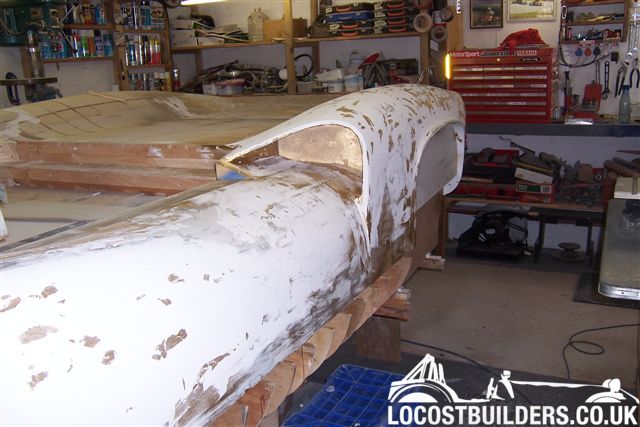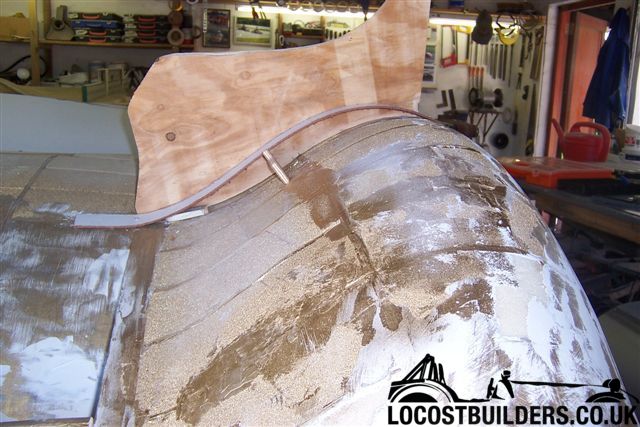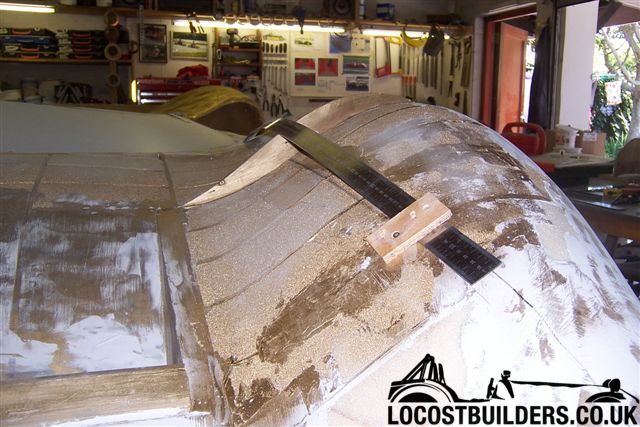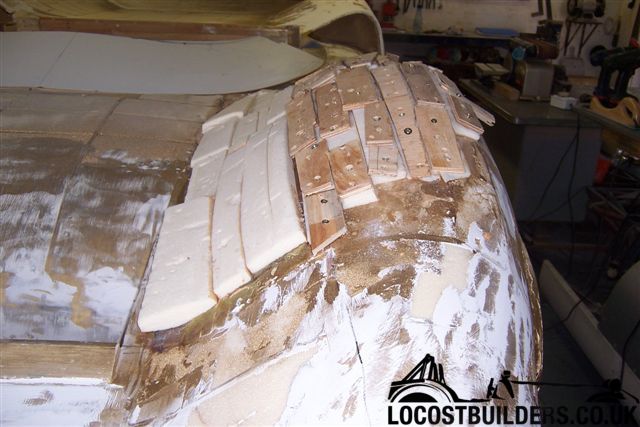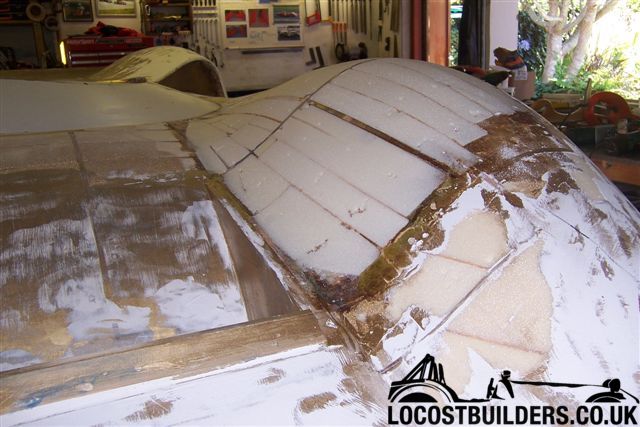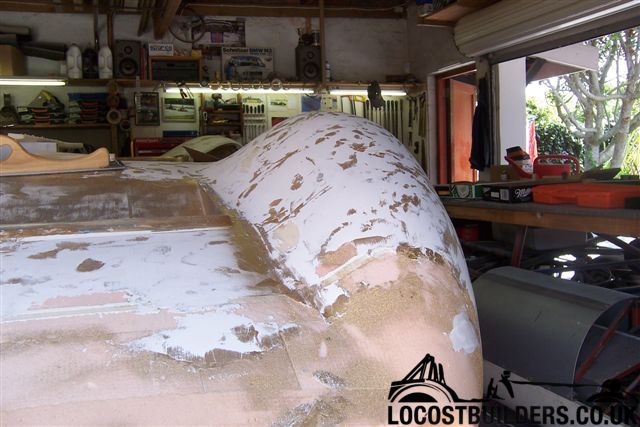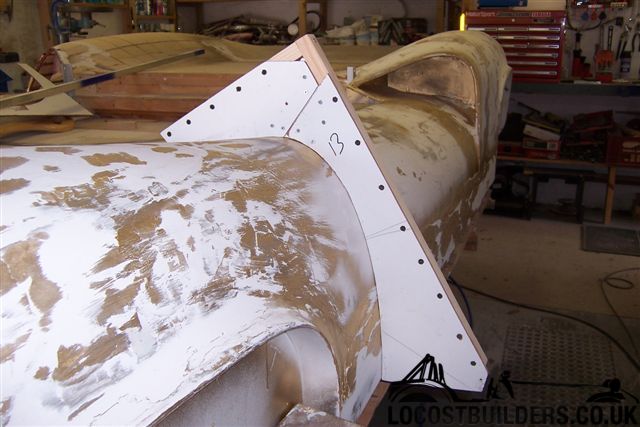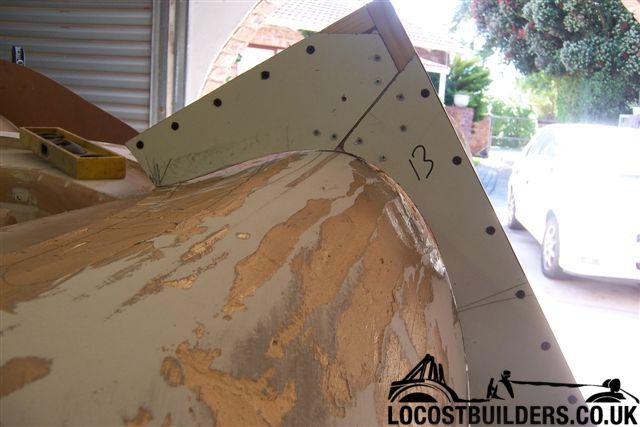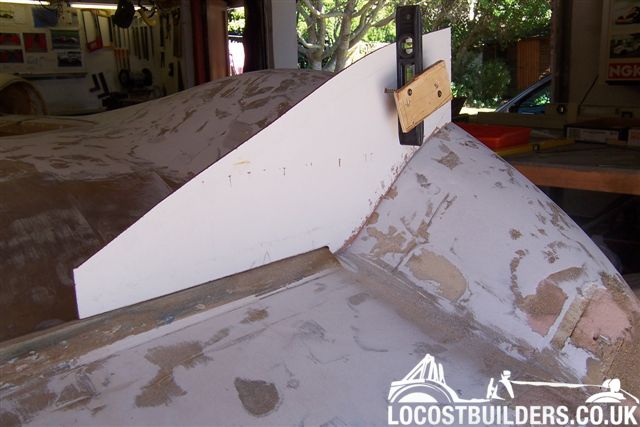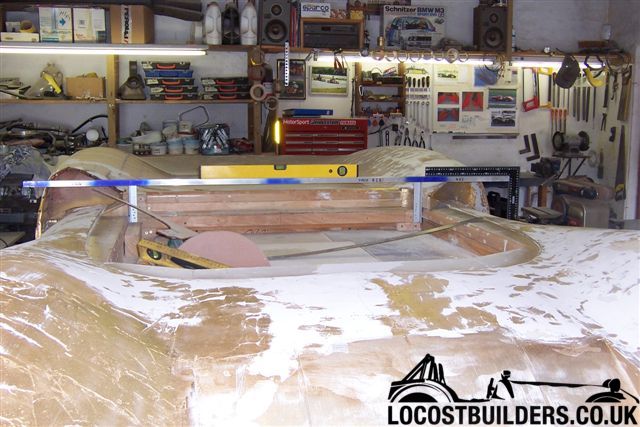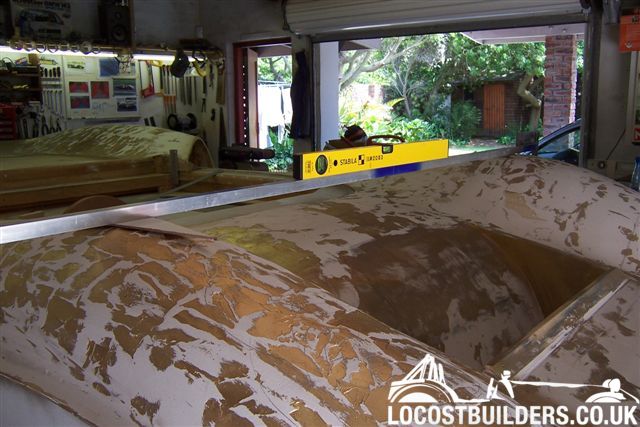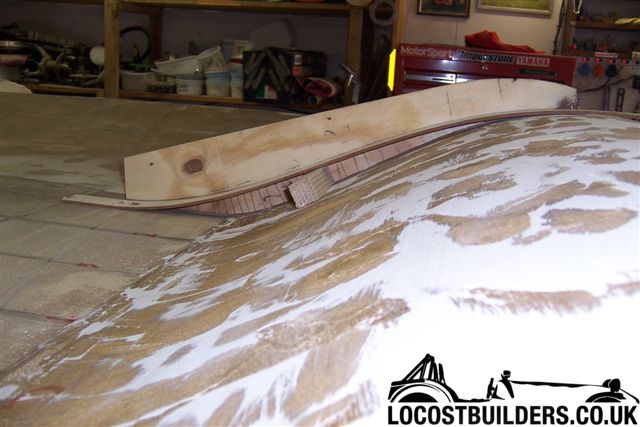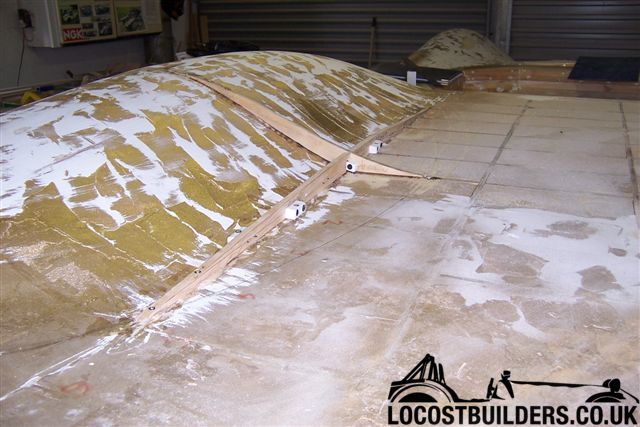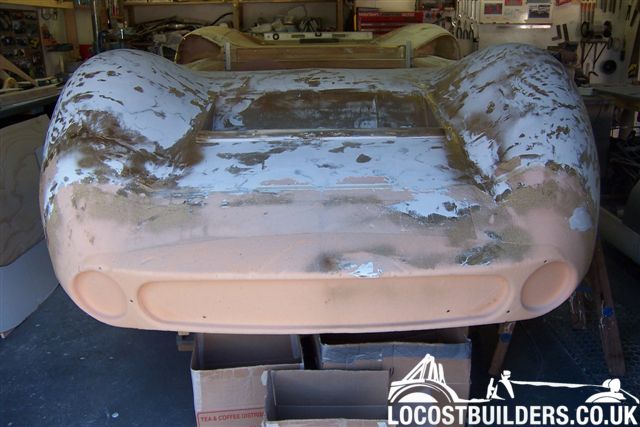Hi guys, thanks for responses.
The filler you see is interior grade plaster filler (brand name "polyfiller") over the foam in areas where I am reworking and cutting into the foam between ribs, in order to see the finished shape , before I put the GRP skin on. My logic is that it is easier and cheaper to shape foam and plaster filler before skinning, rather than resin and body filler after skinning.
The 3-axis router is a machine my friend Andrew made in his garage at home. I attach a picture. It still needs dust guards and an extraction system.
It makes small parts in foam, wood and even aluminium to a tolerance of about +- 0.05mm. It's pretty basic but good enough for what we are doing.
Some info:
He used stepper motors on all 3 axes and drives them with 10th microstep drives from Gecko. The X and Y axis are actuated by standard off the shelf 06B plate link chains. Reduction from the stepper to the linear axis drive is achieved by a VW golf cam pulley (44 teeth L-pitch) and a 14 teeth pulley. The linear rail moment is on ball bearings running on bright mild steel bar that's bolted to ally extrusions. The PC Controller is Mach 3 from Artsoft at
New Page 1. This can handle up to 6 axis.
He draws parts in Inventor or AutoCAD, 3d models are converted to .stl format for the cam package (Visual Mill 5) to accept. Visual mill will accept 2d .dxf files as well. Visual Mill takes the drawing or model and the milling tool dimensions that Andrew specifies to generate a path that the tool must follow to achieve the desired shape. This Path is described in G-Code, basically a text file. The router controller can interpret this G-code and move the X, Y and Z axes accordingly. It can do X Y and Z simultaneous interpolations.
The cutting tool is an ordinary wood router with a speed control added, you can turn it right down for foam and it just makes a soft crushing noise, but with ally you have to run it flat out and the noise is definitely not neighbour friendly.
The foam we used is polyurethane foam, with a density of about 32 kg/m2, used in the insulation industry. That density is not ideal, heavier would be better.
Cheers
Fred W B



